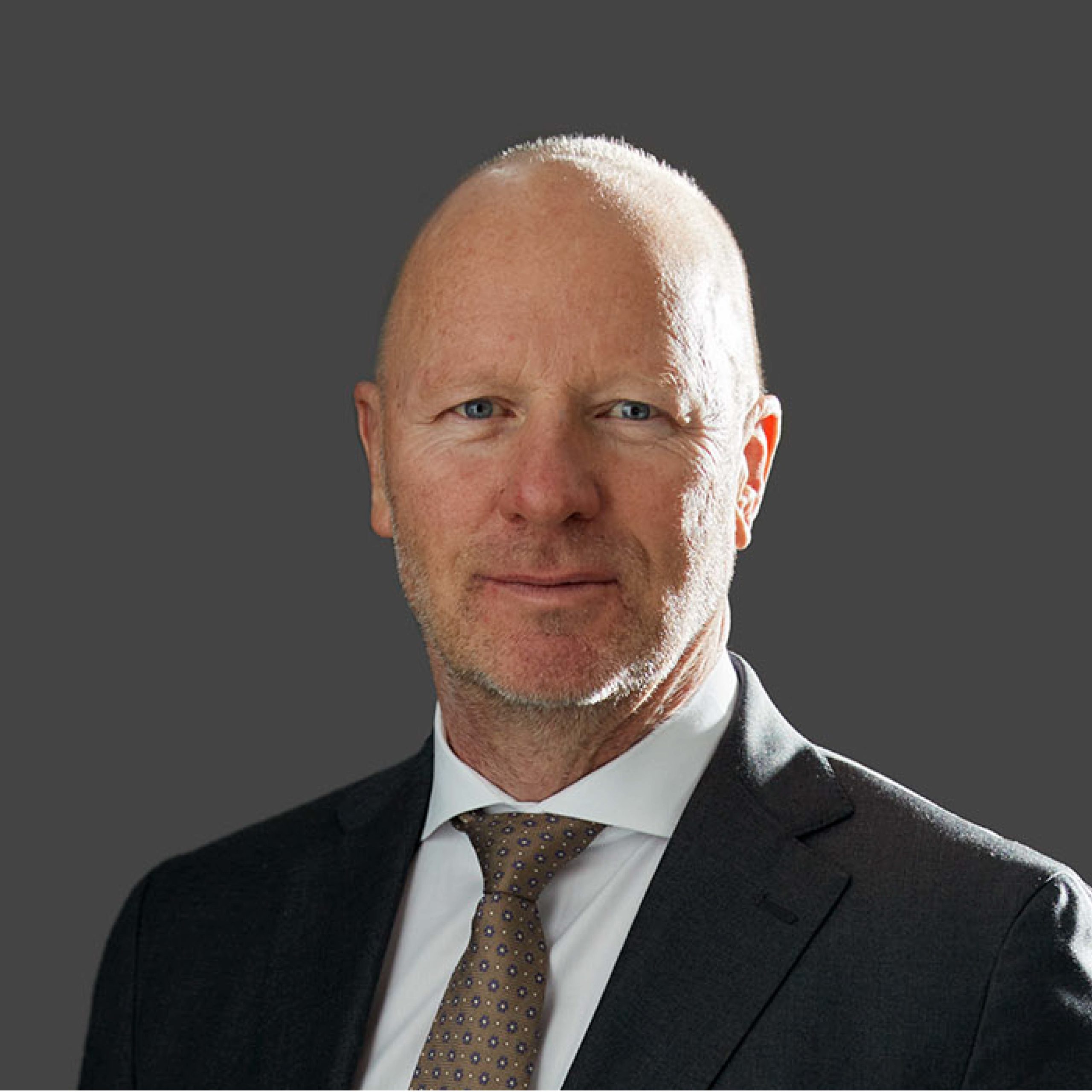Doing business in the Nordic region
The Nordic region
The Nordic countries—Sweden, Norway, Denmark, and Finland— together form a region of approximately 27 million. While Sweden, Denmark and Finland are members of the European Union (EU), Norway participates through the Agreement on the European Economic Area (EEA), ensuring close economic and regulatory alignment. Despite their individual characteristics, the Nordic countries share deep historical, cultural, and societal ties, grounded in a model that blends economic competitiveness with robust social benefits like universal healthcare, income redistribution, and state pensions.
Renowned for their high rankings in global indices, the Nordics excel in education, transparency, civil liberties, quality of life, and human development. The region consistently ranks among the least corrupt globally, offering a stable and predictable environment that minimizes risks for businesses and investors. With high digital literacy, early technology adoption, and strong consumer purchasing power, the Nordic markets also serve as an excellent testing ground for new products and innovations, providing valuable insights before broader international rollouts. This unique combination of stability, openness, and innovation makes the Nordics a highly attractive region for businesses and startups worldwide.
Sweden
Sweden, officially the Kingdom of Sweden, is a constitutional monarchy and parliamentary democracy. Sweden has a population of approximately 10.5 million and is the largest of the Nordic countries by area. Sweden’s official currency is the Swedish krona (SEK), and its official language is Swedish. As mentioned above the country is a member of EU but has not adopted the euro. Known for its high standard of living, innovation, and welfare system, Sweden has a strong economy driven by industries such as technology, manufacturing, and forestry.
Norway
Norway, officially the Kingdom of Norway, is a constitutional monarchy and parliamentary democracy. Norway has a population of approximately 5.6 million. Norway’s official currency is the Norwegian krona (NOK), and its largest official language is Norwegian. The country is part of the EFTA and the EEA treaty with the EU. It has been a NATO member since the foundation. Norway is known for its beautiful and wild nature and cold climate (especially during winter). The population is well educated, and English is spoken by literary everybody. Norwegians enjoy one of the highest GDP per capita in the world. The Norwegian economy is an example of a mixed economy. It features a combination of free market activity and large state ownership in certain key sectors. Key industrial sectors are i.a. petroleum (oil and gas), hydroelectric energy production, fish (fish farming and traditional fishing) and shipping.
Denmark
Denmark, officially the Kingdom of Denmark, is a constitutional monarchy and parliamentary democracy. Denmark has a population of approximately 6 million. Denmark’s official currency is the Danish kroner (DKK), and its largest official language is Danish. The country is a member of EU but has not adopted the euro. Known for its high standard of living, innovation, and strong welfare system. Denmark has a strong economy driven by major industries such as wind turbines, pharmaceuticals, medical equipment, machinery, shipping, transportation equipment, food processing, and construction. Denmark has a developed mixed economy that is classed as a high-income economy by the World Bank in 2017. It has been a NATO member since the foundation. The population is well educated.
Finland
Finland, officially the Republic of Finland, is a parliamentary democracy. Finland has a population of approximately 5.6 million. The country’s official currency is the euro (EUR), and its official languages are Finnish and Swedish. Finland is a member of EU and has been a NATO member since 2023. The country is known for its high-quality education system, strong social welfare, and innovative economy. It is also famous for its thousands of lakes, vast forests, cold winters, and its deep-rooted sauna culture, with more saunas than cars in the country. The Finnish economy is a mixed economy with strong public and private sectors. Key industries include technology, forestry, paper production, machinery, and a growing gaming industry. Finland is also a global leader in clean energy and innovation.
NORDIA Law
NORDIA Law has offices in the Nordic capital cities — Stockholm (Sweden), Oslo (Norway), Copenhagen (Denmark), and Helsinki (Finland) — as well as in Gothenburg (Sweden). We provide comprehensive expertise across all areas of corporate and business law. Our regional presence enables us to offer tailored legal support with a deep understanding of local markets.
Many of our clients are pan-Nordic or international companies conducting business in one or more Nordic countries. To meet their needs, we provide flexible solutions, offering either a seamless one-stop-shop approach for cross-border matters or separate national teams when required.
We are also members of a global network of independent law firms, LAWorld, allowing us to collaborate effectively and provide our clients with access to high-quality legal expertise worldwide.
Our commitment is to understand our clients’ business goals, identify practical solutions, and support their success both within the Nordic region and internationally.
Legislation in the Nordics
Read more about the legislation in each country from our one-minute guide series:
Legislation in Sweden – part 1
Legislation in Sweden – part 2






